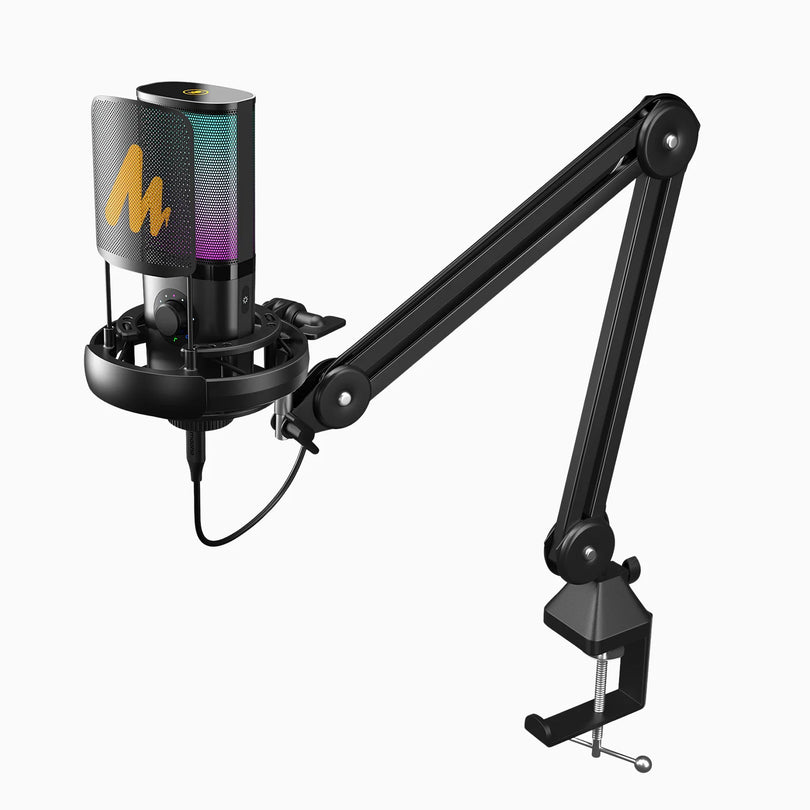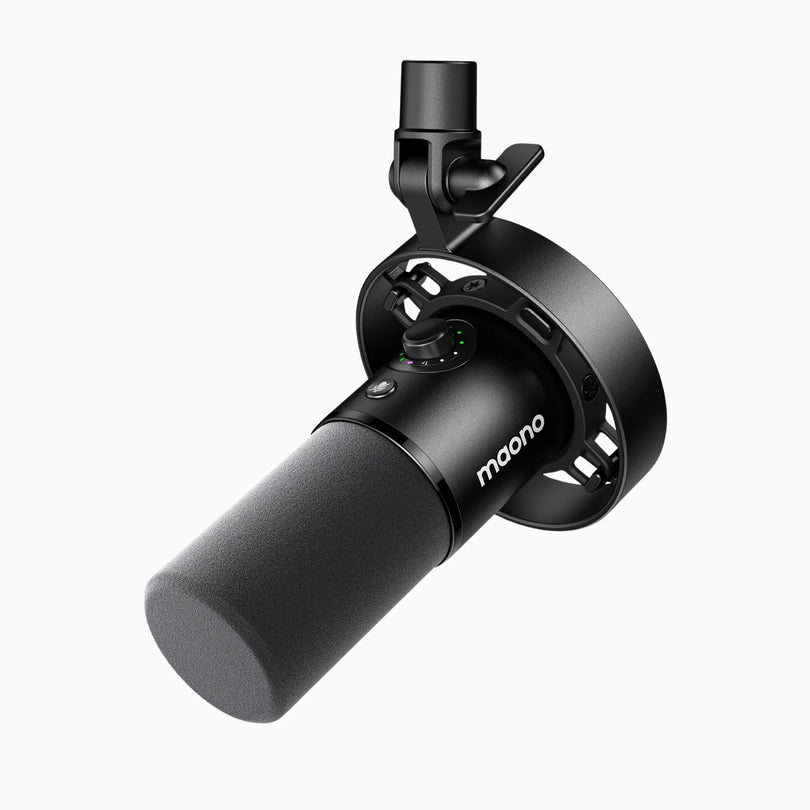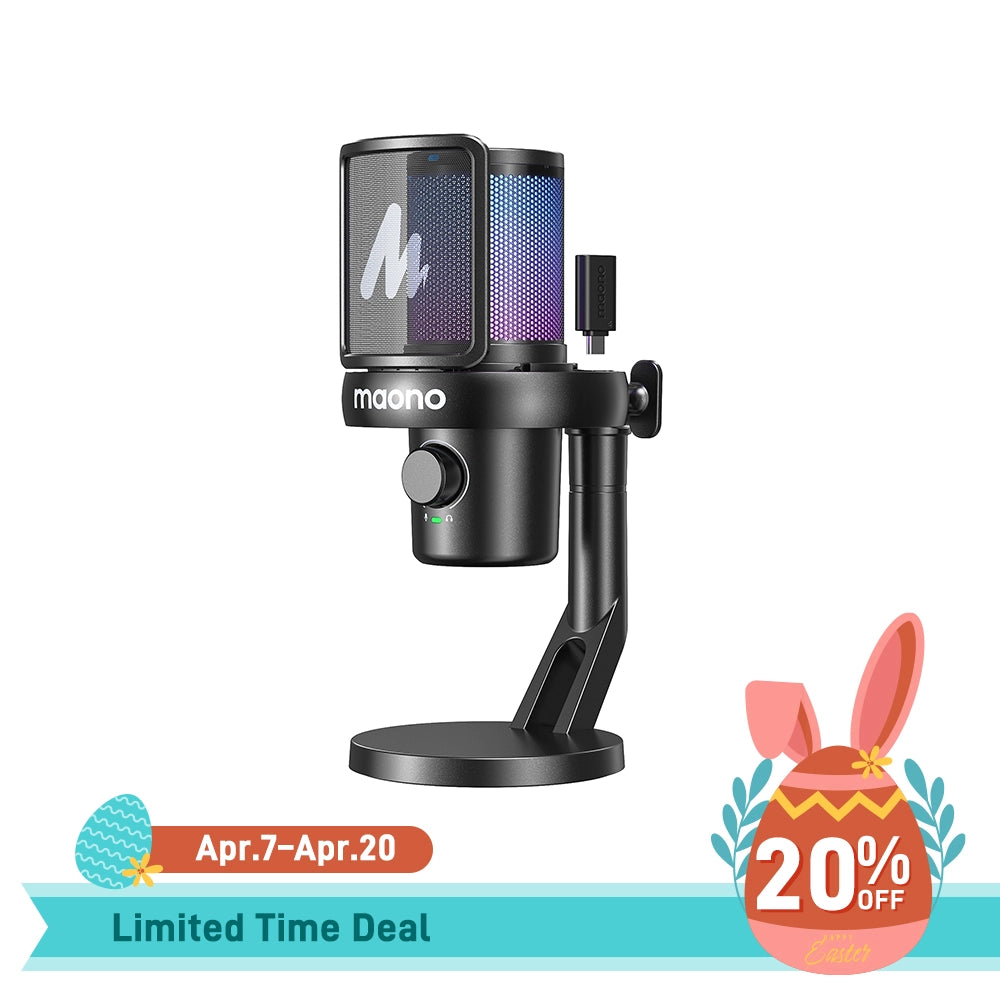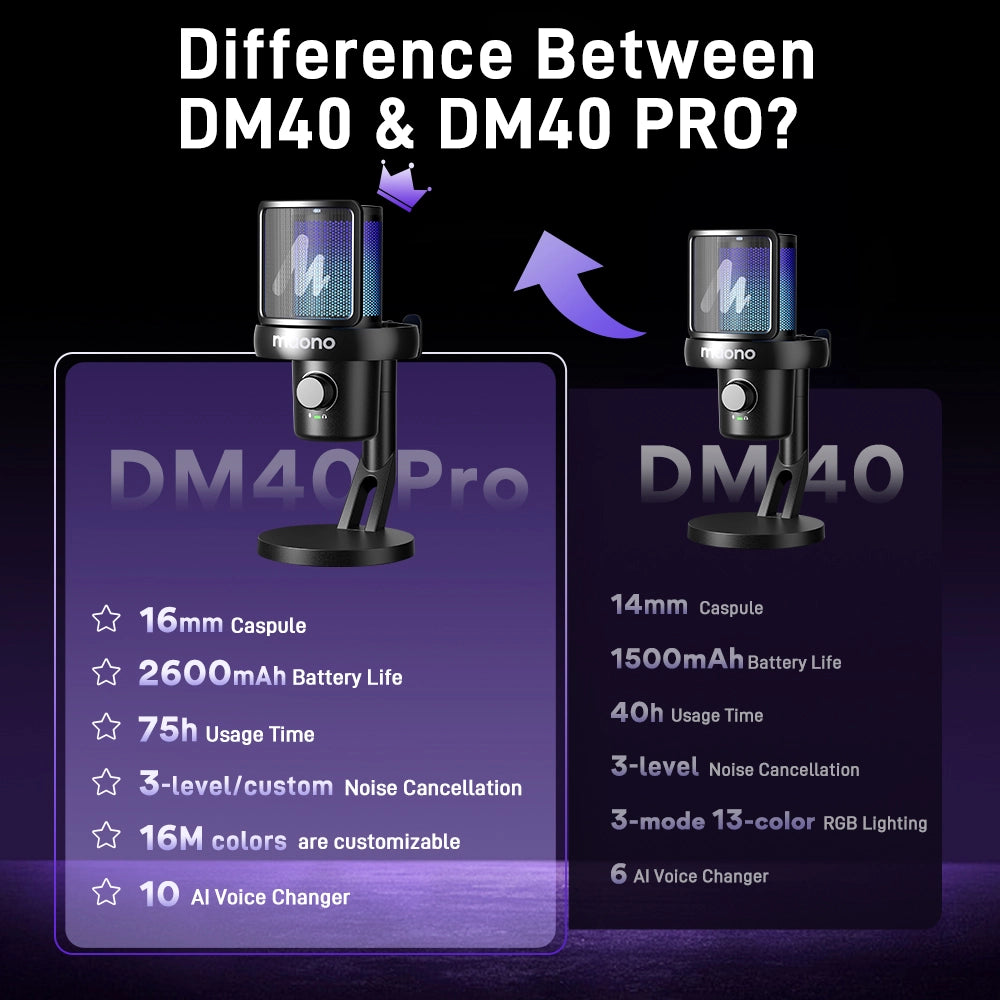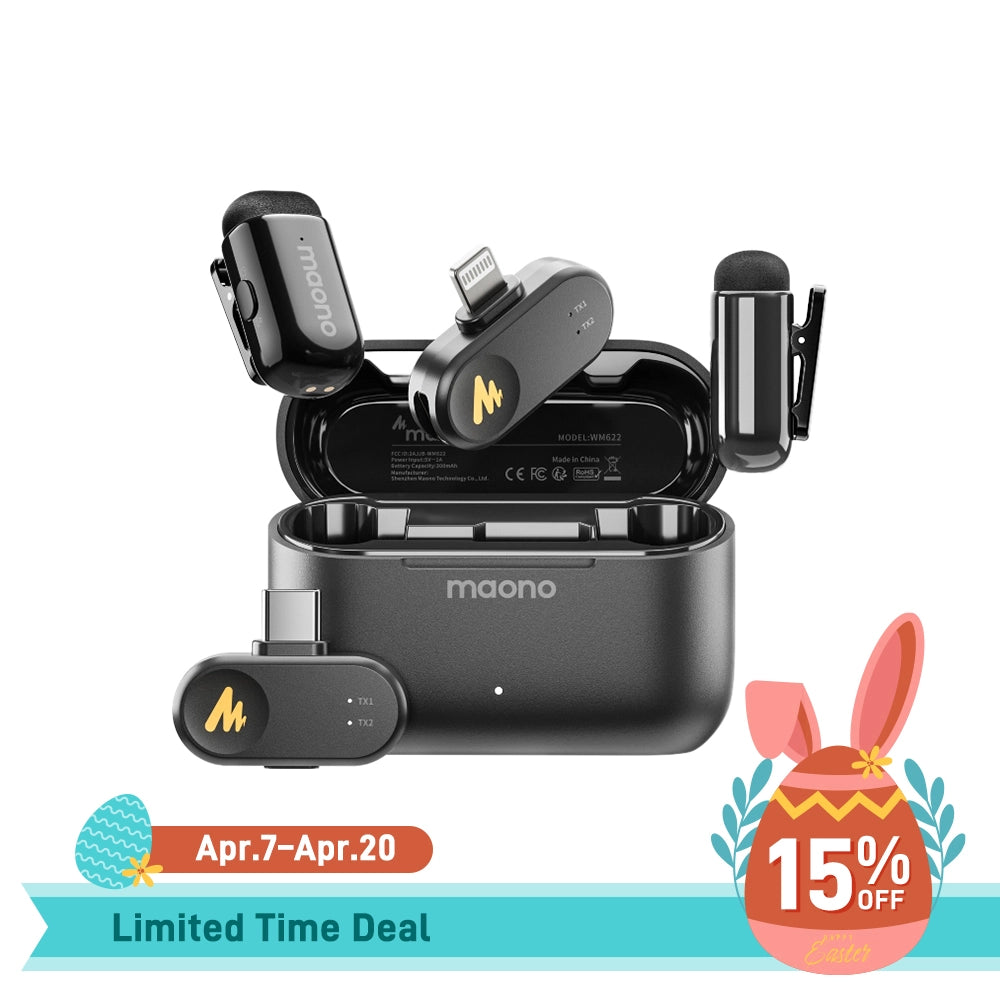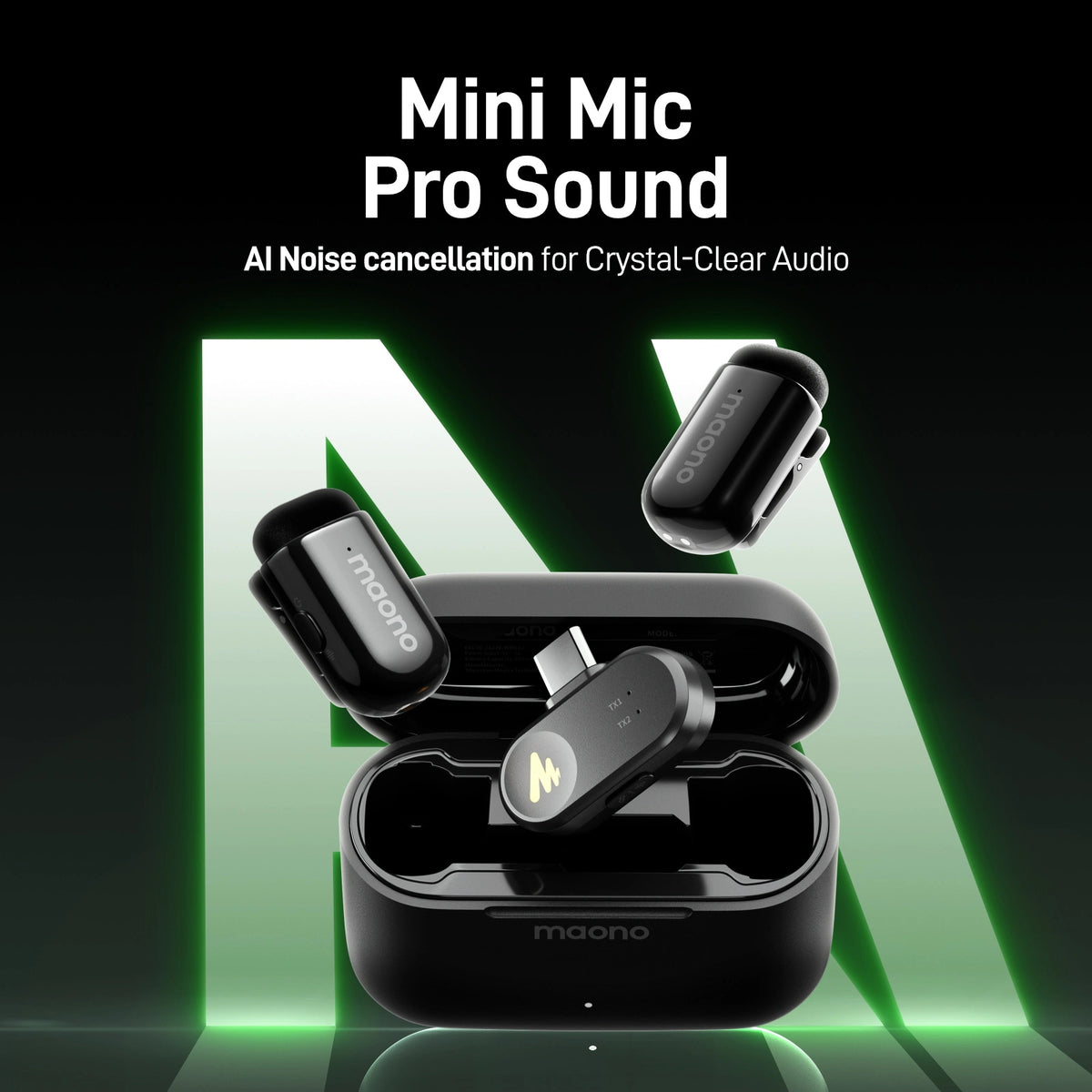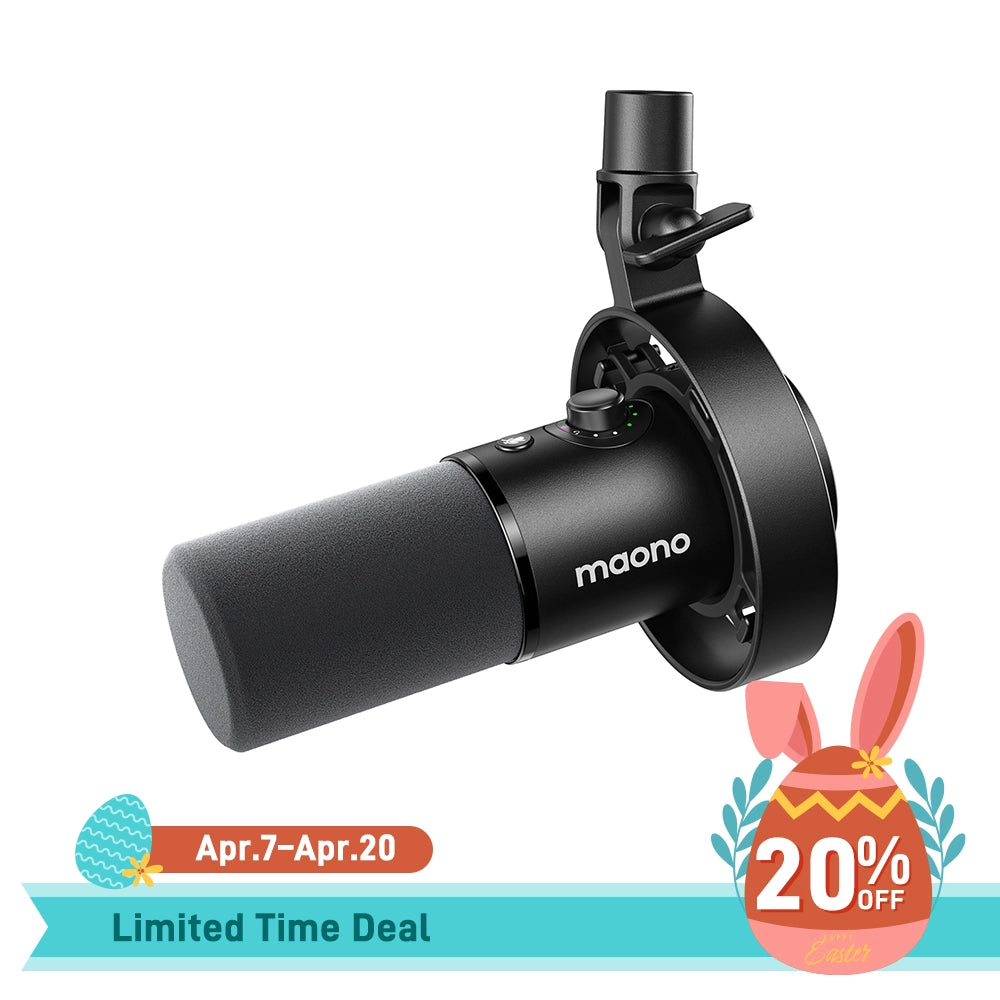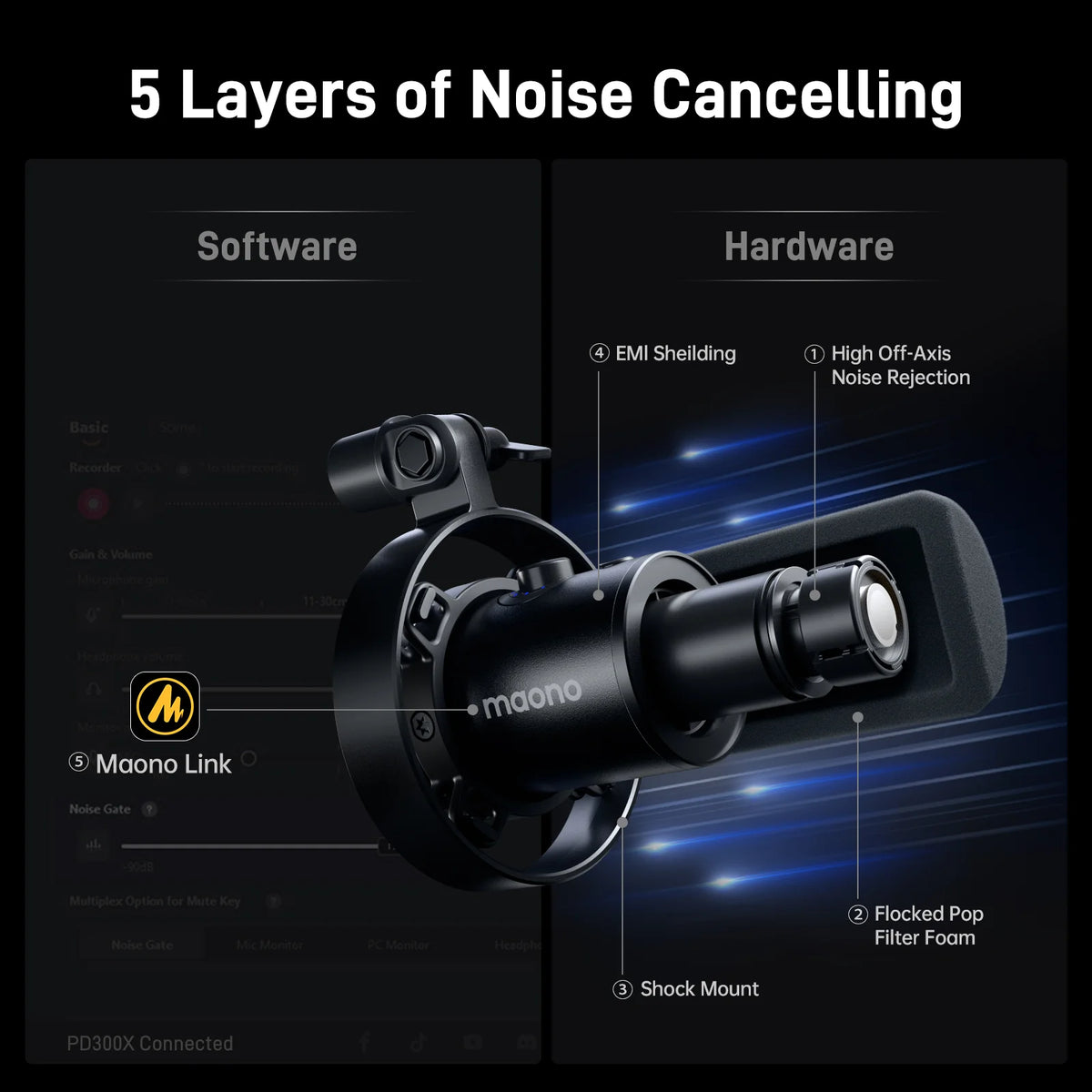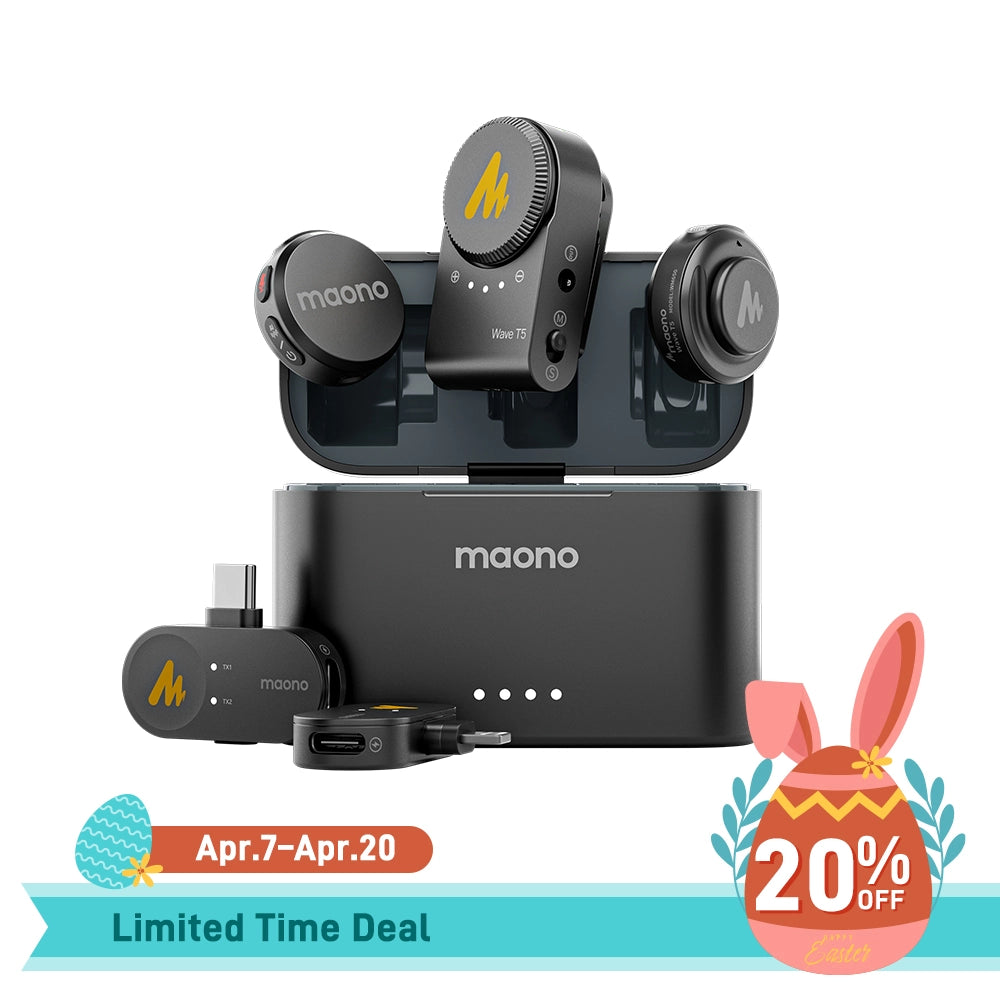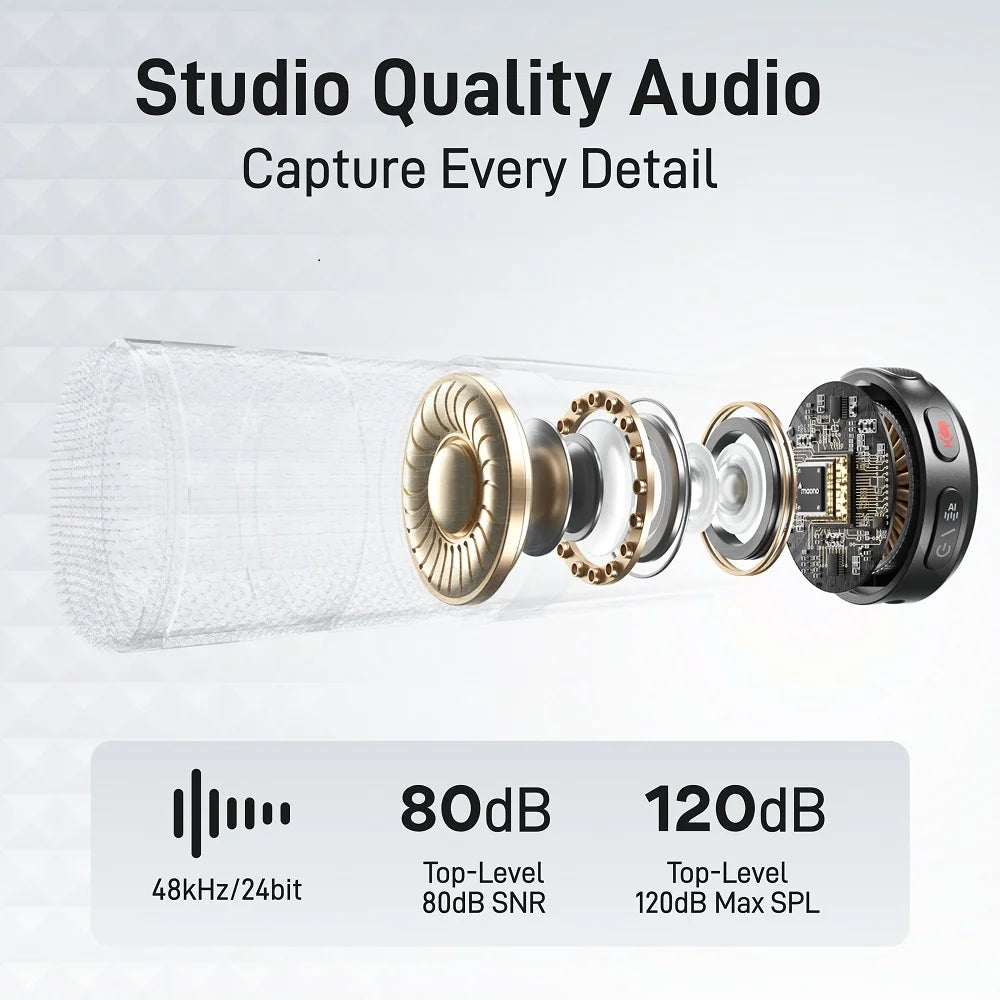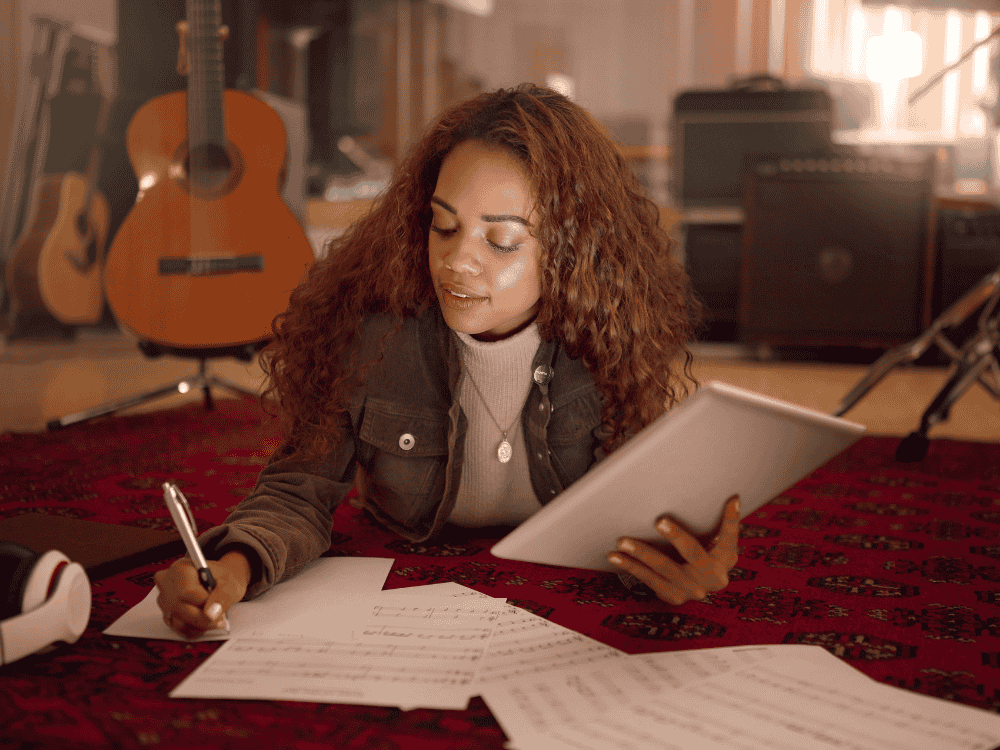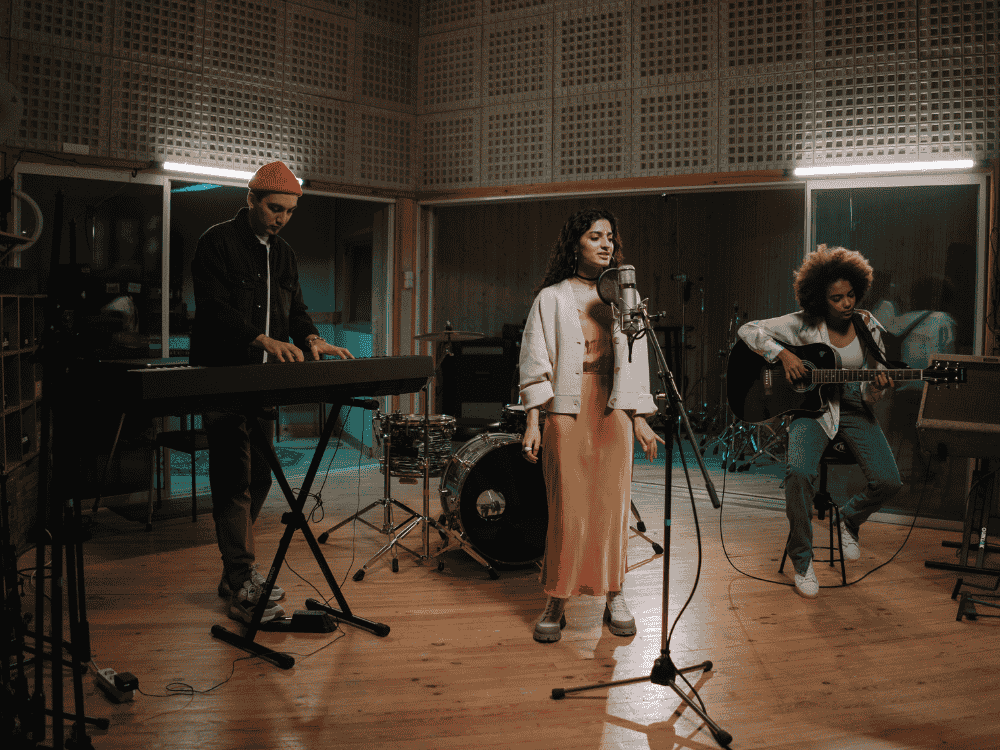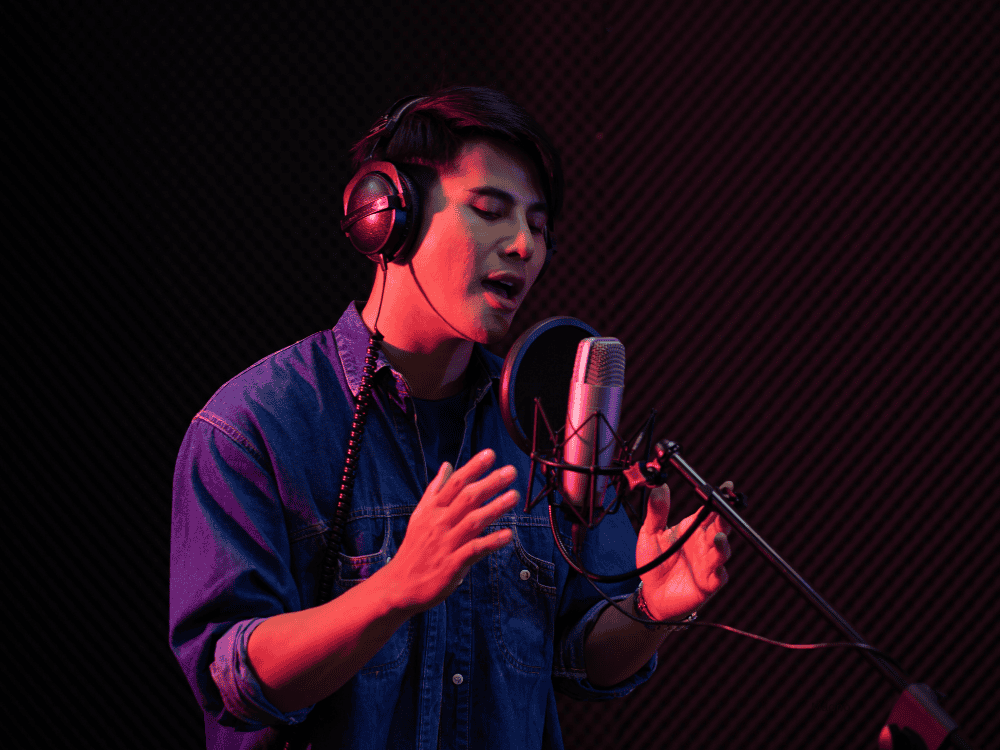A good quality of singing involves good diction or pronunciation, being in tune, and voice clarity. Also, the microphone used is an important factor in enhancing the beauty of your singing voice. So, choosing the right type of microphone for your singing voice is crucial–and picking the right one involves understanding the differences between the various types of microphones available, their specific uses, and the best practices for using them This article should guide you in exploring the different types of mics that singers use, their unique features, and which one is the best for your singing needs. Whether you plan to perform live or record in a studio, or stream your voice online, we’ll provide you with the information you need to help you select the best microphone for singing. Now let’s get started.
What’s the Difference Between Handheld and Headset Microphones for Singers?
Handheld and headset microphones are both commonly used by singers, but they serve different purposes and offer distinct advantages.
- Handheld Microphones
These are the traditional microphones that singers hold in their hand while performing. They provide flexibility, allowing singers to move freely and interact with the audience. Handheld microphones are versatile and can be used in almost any performance scenario. The most famous handheld microphone model is the Shure SM58, known for its durability and quality sound reproduction. Handheld mics are especially popular in live performances, karaoke settings, and concerts.
-
Headset Microphones: Headset mics are designed to be worn around the head and positioned near the mouth, allowing the singer to perform hands-free. These microphones are popular for more physically demanding performances, such as dance routines, theater productions, and live concerts where the artist may be jumping, dancing, or otherwise engaging in vigorous movement. The key benefit of a headset microphone is that it ensures consistent audio capture regardless of how much the singer moves. Many headset microphones, like those used by professional performers, offer high-quality sound and are designed to minimize background noise.
What Are the Different Types of Microphones Used by Singers?
There are several types of microphones that singers can choose from, each suited to different needs and environments. These include:
-
Dynamic Microphones: These are the most commonly used type of microphone for live performances. Dynamic microphones are durable, affordable, and can handle high sound pressure levels, making them perfect for loud performances. The Shure SM58 is a classic example of a dynamic microphone. While they are less sensitive than condenser microphones, they are more rugged and resistant to moisture, which makes them ideal for unpredictable environments.
-
Condenser Microphones: Condenser microphones are known for their high sensitivity and accuracy in capturing sound. They require a power source (often provided via phantom power from a mixer or audio interface) and are typically used in controlled studio environments. They can capture the finer nuances of a voice, making them ideal for studio recording. However, because they are more sensitive, they can pick up unwanted background noise in live settings.
-
Ribbon Microphones: Although not as common for live performances, ribbon microphones are prized for their smooth, natural sound and warm tonal characteristics. They are most often used in recording studios, where their sensitivity to high-frequency sounds can capture the subtleties of the human voice. These microphones tend to be more delicate than dynamic or condenser mics and are not as durable in live performance settings.
-
Lavalier Microphones: Also known as lapel mics, these small microphones clip onto clothing and are typically used in presentations or interviews. For singers, lavalier mics can be helpful in a situation where hands-free operation is necessary, though they are less common in traditional performances due to their tendency to pick up surrounding noise.
-
Shotgun Microphones: These mics are highly directional, meaning they pick up sound from a specific angle. While primarily used in film production and recording, shotgun microphones can sometimes be used by singers in controlled environments to capture clear, isolated audio from a specific direction.
Which Type of Microphone is Best for Live Performances—Dynamic or Condenser?
When it comes to live performances, dynamic microphones are typically the best choice. The reason for this is simple: dynamic microphones are designed to handle high sound pressure levels, making them ideal for loud environments such as concerts or live shows. Additionally, they are more durable and resistant to damage from moisture or physical impact, which is a frequent concern in live performance settings.
Condenser microphones, on the other hand, are more sensitive and are better suited for quiet, controlled environments such as recording studios. While some high-end condenser microphones are used in live performances, they are more prone to picking up background noise and may not hold up as well in the rigors of live sound.
Here are some budget-friendly condenser microphone recommendations from Maono:
Maono PM422: Best Singing USB Microphone for Professionals
If you’re in search of a professional microphone for singing, the Maono PM422 is a standout choice. This USB condenser microphone delivers studio-quality sound with its wide frequency response and cardioid polar pattern, ensuring clear and accurate vocal recordings. It’s an excellent option for those looking for the best singing USB microphone that balances affordability and professional-grade performance.

Maono A04: Best Budget Microphone for Singing
For those on a budget, the Maono A04 offers exceptional value without compromising on quality. Its smooth frequency response and user-friendly setup make it ideal for beginners or anyone needing a reliable USB microphone for singing. Thanks to its USB connectivity, it’s simple to use for home recording or live streaming, earning its place as one of the best budget microphones for singing.

In summary, if you're performing live, you’ll likely want to go with a dynamic microphone. These mics are generally more robust and better equipped for the physicality of live performances. However, if you plan to record your vocals in a home or treated studio, then, a condenser microphone is a better option for you.
Can a Condenser Microphone Be Used for Live Singing, or Is It Only for Studio Recording?
While condenser microphones are primarily used for studio recording due to their sensitivity and ability to capture a wide range of frequencies, they can be used for live singing in certain situations. However, their use in live performances is less common and may not be ideal in environments with high noise levels or on-stage movement.
The advantage of using a condenser mic for live singing is that it captures a higher level of detail, making it a good choice for acoustic performances or quieter settings where clarity and tonal richness are paramount. If you are singing in a controlled environment, such as a small, quiet venue or during a solo performance, a condenser mic can provide excellent sound quality.
However, because condenser mics are more sensitive and can pick up background noise more easily, they are generally not recommended for high-energy or high-volume environments, where they could pick up unwanted sound and result in feedback.
What's a Good Microphone for Singing Online?
When singing online, whether for live streaming, recording YouTube videos, or participating in virtual performances, the best microphone for you depends on the type of content you're producing and the quality you're aiming for.
-
USB Condenser Microphones: For singers who are starting out and need an easy plug-and-play solution, a USB condenser microphone can provide excellent sound quality without requiring additional equipment like an audio interface. Popular models include the Blue Yeti and the Audio-Technica AT2020USB. These microphones are easy to use and provide high-quality sound, making them a good choice for streaming platforms like Twitch or YouTube.
-
XLR Microphones: For a more professional setup, XLR microphones (which require an audio interface or mixer) provide even better sound quality. The Shure SM7B and the Audio-Technica AT2035 are both great choices for serious singers. XLR mics provide more flexibility, higher sound quality, and better noise isolation than USB mics but require more equipment and setup.
If you’re looking for the simplest option with decent quality, a USB condenser microphone would likely be sufficient. However, for a more refined, professional setup, you might want to consider an XLR microphone with an audio interface.
FAQs
Are Wireless Microphones Good for Singers, and Do They Affect Sound Quality?
Wireless microphones are a convenient option for singers, especially when you need freedom of movement. Many performers use wireless microphones in live concerts or theater performances, and when used properly, they don’t negatively affect sound quality.
However, there are some considerations:
- Sound Quality: Higher-end wireless systems (such as those from Shure, Sennheiser, or AKG) deliver excellent sound quality with minimal signal loss. Lower-end models, however, may experience audio dropouts or interference.
- Battery Life: Wireless mics rely on batteries, so it's crucial to ensure they are fully charged before a performance.
- Range: Ensure the wireless microphone has a sufficient range for your performance space.
Overall, when choosing a wireless microphone, invest in a reputable brand to ensure reliability and sound quality.
How Do I Use a Microphone Without Distorting My Voice?
Distortion in a microphone usually occurs when the audio levels are too high or the microphone is too close to the singer’s mouth. To avoid distortion:
- Adjust Input Levels: Make sure the gain on your microphone or mixer is not set too high. Lowering the gain will prevent the mic from overloading.
- Maintain Proper Distance: Keep a consistent distance between the microphone and your mouth (usually 6 to 12 inches), and avoid placing the mic too close, which can cause distortion or popping sounds.
- Use a Pop Filter: A pop filter or windscreen can help reduce plosives (the harsh "P" and "B" sounds) and prevent distortion from sudden bursts of air hitting the mic.
How Can I Prevent Feedback While Singing with a Microphone?
Feedback occurs when the sound from the speakers is picked up by the microphone, creating a loop that leads to a high-pitched squeal. To prevent feedback:
- Position the Microphone Correctly: Keep the microphone pointed away from the speakers and avoid placing it too close to them.
- Use Directional Microphones: Microphones with directional pickup patterns, such as cardioid mics, help isolate your voice and reduce the chances of picking up sound from the speakers.
- Lower the Volume: If feedback is an issue, try lowering the volume on the microphone or speakers.
- Use EQ to Cut Problem Frequencies: Cutting certain frequencies, especially around 2-4kHz, can reduce the likelihood of feedback.
Final Thoughts
Choosing the right microphone is essential for any singer, whether you are performing live, recording in a studio, or singing online. Understanding the differences between the types of microphones available, their strengths and weaknesses, and the best practices for using them will help you make the most of your vocal performance.
Whether you opt for a dynamic microphone for live shows or a high-quality condenser mic for studio recordings, the most important thing is finding the microphone that suits your voice, style, and performance environment. With the right microphone, you can ensure that your voice is heard clearly and beautifully, no matter the setting.



